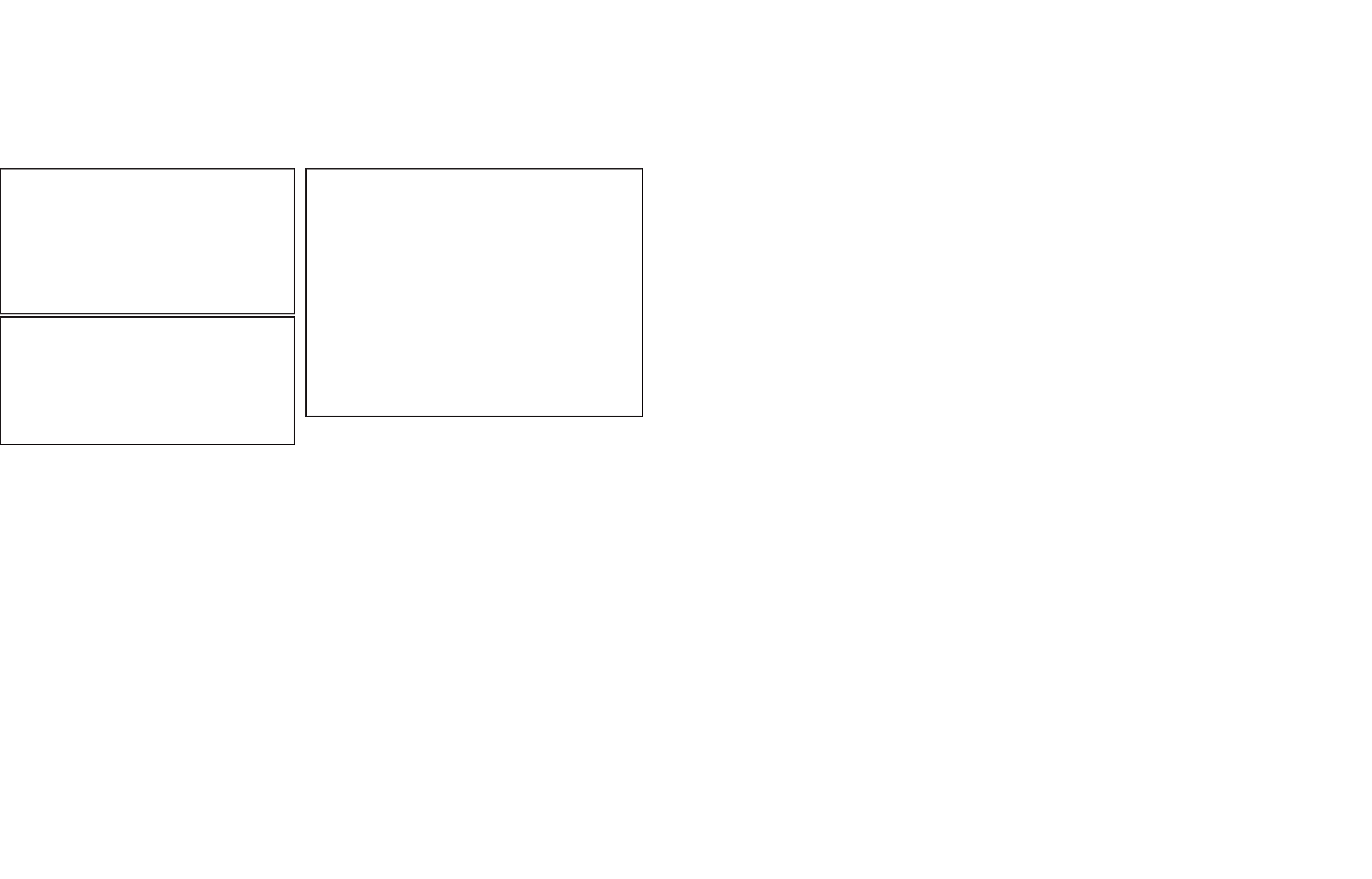
3
2
IMPORTANT: PLEASE READ AND FOLLOW
1. Before beginning, please read these instructions completely and carefully.
2. Do not remove permanently affixed labels, warnings, or plates from product. This may void the warranty.
3. Please observe all local and national codes and ordinances.
4. Please ensure that this product is properly grounded.
5. The installer should leave these instructions with the consumer who should retain for local inspector’s use and for
future reference.
Installation must conform with local codes or in the absence of codes, the National Fuel Gas Code, ANSI Z223.1-latest edition.
IN CANADA: Installation must be in accordance with the current CAN/CGA-B149.1, Natural Gas Installation Code or
CAN/CGA-B149.2, Propane Installation Code and/or local codes.
FOR YOUR SAFETY
If you smell gas:
1. Shut off gas to the appliance
2. Extinguish any open flame
3. Open cover.
4. If odor continues, immediately call
your gas supplier or your fire
department
FOR YOUR SAFETY
1. Do not store or use gasoline or other
flammable vapors and liquids in the
vicinity of this or any other appliance.
2. An LP cylinder not connected for use
shall not be stored in the vicinity of
this or any other appliance.
WARNING
If not installed, operated and maintained in accordance with
the manufacturer’s instructions, this product could expose you
to substances in fuel or fuel combustion which can cause
death or serious illness and which are known to cause cancer,
birth defects, or other reproductive harm.
For example, benzene is a chemical which is part of
the gas supplied to the cooking product. It is
consumed in the flame during combustion. However,
exposure to a small amount of benzene is possible if
a gas leak occurs. Formaldehyde and soot are by-
products of incomplete combustion. Properly
adjusted burners with a bluish rather than yellow
flame minimize incomplete combustion.
GENERAL INFORMATION
1. WARNING: This wok/cooker is not intended to be installed in or on recreational vehicles and/or boats.
2. WARNING: Keep any electrical supply cord and the fuel supply hose away from any heated surfaces.
3. Keep the wok/cooker area clear and free from combustible materials, gasoline, and other flammable vapors and
liquids.
4. When the wok/cooker is not in use, the gas supply must be turned off at the LP gas supply cylinder.
5. The pressure regulator and hose assembly supplied with the wok/cooker must be used. Replacement pressure
regulators and hose assemblies must be those specified by the manufacturer.
6. Finding a leak is not a “do-it-yourself” procedure. Some leaks can only be found with the burner control in the
“on” position and this must be done by a qualified technician.
7. The LP supply cylinder to be used must be constructed and marked in accordance with the specifications for LP gas
cylinders of the U.S. Department of Transportation (DOT) or the National Standard of Canada, CAN/CSA-B339,
Cylinders, Spheres, and Tubes for the Transportation of Dangerous Goods.
8. Gas Manifold Pressure:
Natural gas - 4.0” W.C.P.
LP/Propane - 10.0” W.C.P.
IMPORTANT SAFETY INSTRUCTIONS
1. Your unit should be installed by a qualified technician. The appliance must be installed and
electrically grounded according to local codes. Have this technician show the location of the
gas shut-off valve on the wok so you know where and how to turn off the gas if necessary.
2. Do not attempt to repair or replace any part of this appliance unless specifically recommended
in this manual. All servicing should be referred to a qualified technician. A qualified technician is
required for any adjustments or conversions to Nat. or LP gas.
3. The “push-to-turn” knobs of this wok/cooker are designed to be childsafe. However, children
should not be left alone in the kitchen while the wok is in use. Do not store items of interest to
children over the unit. CAUTION: Children climbing to reach items could be seriously injured.
4. GREASE is flammable and should be handled carefully. Do not use water on grease fires. Never
pick up a flaming pan. Smother flaming pan by covering utensil completely with well-fitting lid,
cookie sheet or flat tray. Flaming grease outside of utensil can be extinguished with baking
soda or, if available, a multipurpose dry chemical or foam type extinguisher.
5. Never leave the surface area unattended at high heat setting. Boilovers cause smoking and
greasy spill-overs which may ignite.
6. If you are “flaming” liquor or other spirits under an exhaust, TURN THE FAN OFF. The draft
could cause the flames to spread out of control.
7. Wear proper apparel. Loose-fitting or hanging garments should never be worn while using the
appliance.
8. Never use your wok/cooker for warming or heating a room. This is based on safety
considerations.
9. Use proper pan size. Select utensils having flat bottoms large enough to cover the burner. Using
undersized utensils allows the flame to come up the side of the utensil, scorching the outside of
the utensil and making cleanup harder.
10. The flame of the surface burner should be adjusted to just cover the bottom of the pan or pot.
Excessive burner setting may cause scorching of adjacent countertop surfaces, as well as the
outside of the utensil. This is based on safety considerations.
11. Use dry pot holders. Moist or damp potholders on hot surfaces may result in burns from steam.
Do not let potholders touch hot surface areas. Do not use a towel or other bulky cloth.
12. To reduce the risk of burns, ignition of flammable materials, and spillage due to unintentional
contact with the utensil, the handle of a utensil should be positioned so that it is turned inward
toward the center of the unit, and so that it does not extend over adjacent burners.
13. Surface areas near burners may become hot enough to cause burns. During and after use, do
not touch areas near burners until they have had sufficient time to cool.










